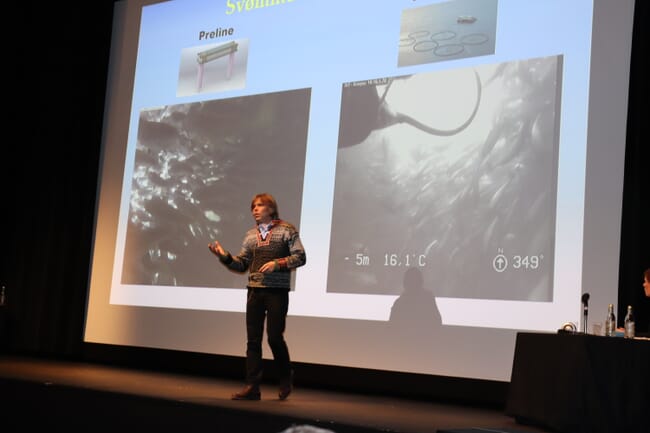The conference, which attracted a capacity crowd of 300 delegates to the small Norwegian town, featured a stellar line-up of speakers, including leading researchers and producers specialising in RAS and closed-containment production.

Featuring, for the first time, simultaneous English translation for the benefit of non-Norwegian speakers, delegates from 10 countries were in attendance for the fifth installment of the biennial event. It was opened by Bente Torstensen, Nofima’s aquaculture director, who was followed by Roy Angelvik, state secretary of Norway’s ministry of trade, industry and fisheries, who emphasised the governmental support for “developing new production techniques that are central to increasing production while protecting the environment”.
And the speakers who followed showcased a range of the latest techniques being developed and deployed – both in Norway and beyond – as well as the results of research – which revealed both the challenges and opportunities offered by new production systems.

Representatives of companies producing market-sized salmon in land-based systems, such as Danish Salmon, Salmofarms and Superior Fresh, rubbed shoulders with researchers looking into offshore projects, such as SINTEF’s EXPOSED initiative; a number of key speakers outlined the progress of various elements of the CtrlAQUA project – the biggest research project on RAS to date – while market analysts noted trends relating to the future of land-based farming.
While a wide range of systems were discussed and a huge variety of results were revealed, the overall message was that, while substantial progress was being made in addressing biological difficulties, many novel systems were still struggling to overcome economic and political challenges.




